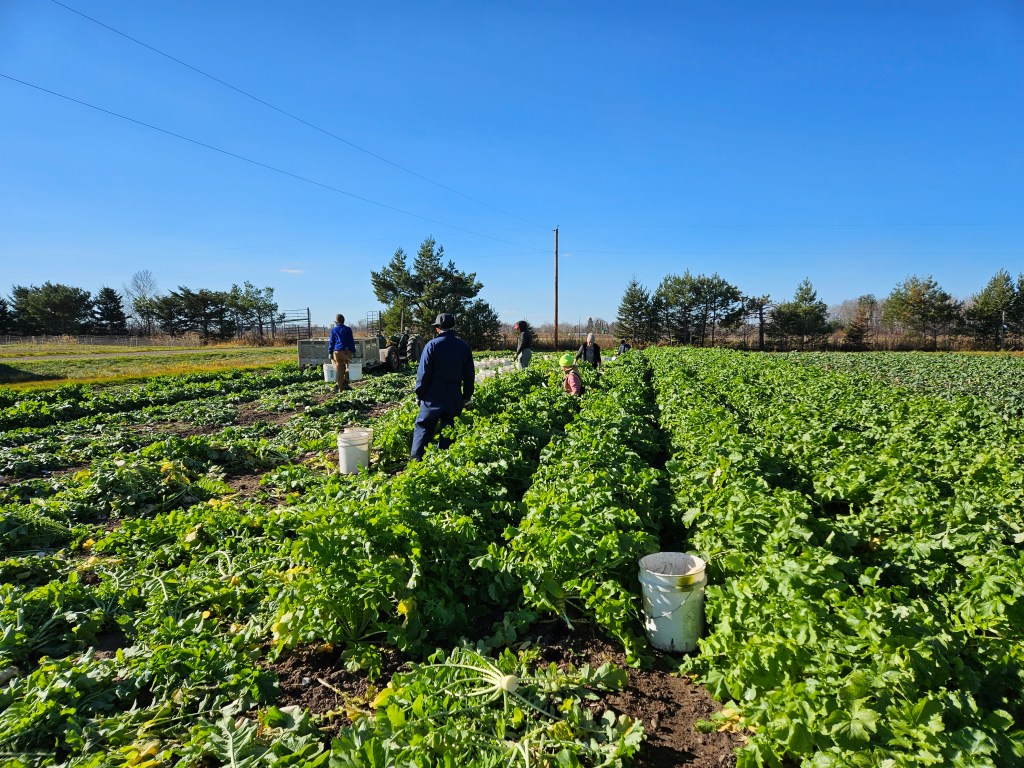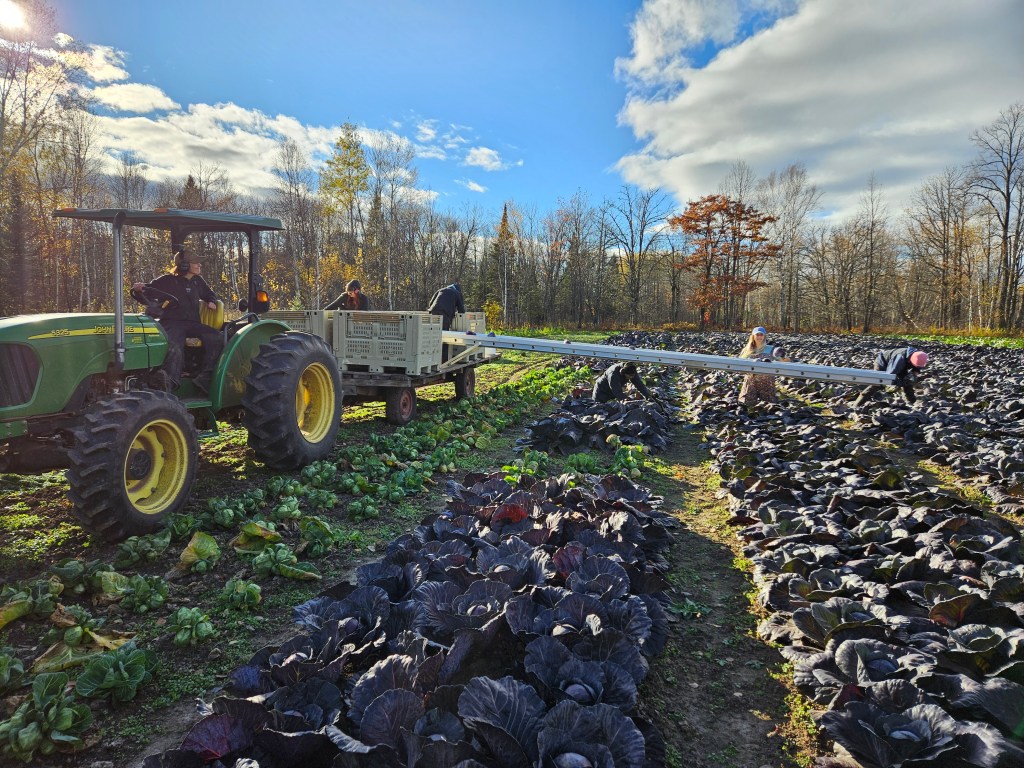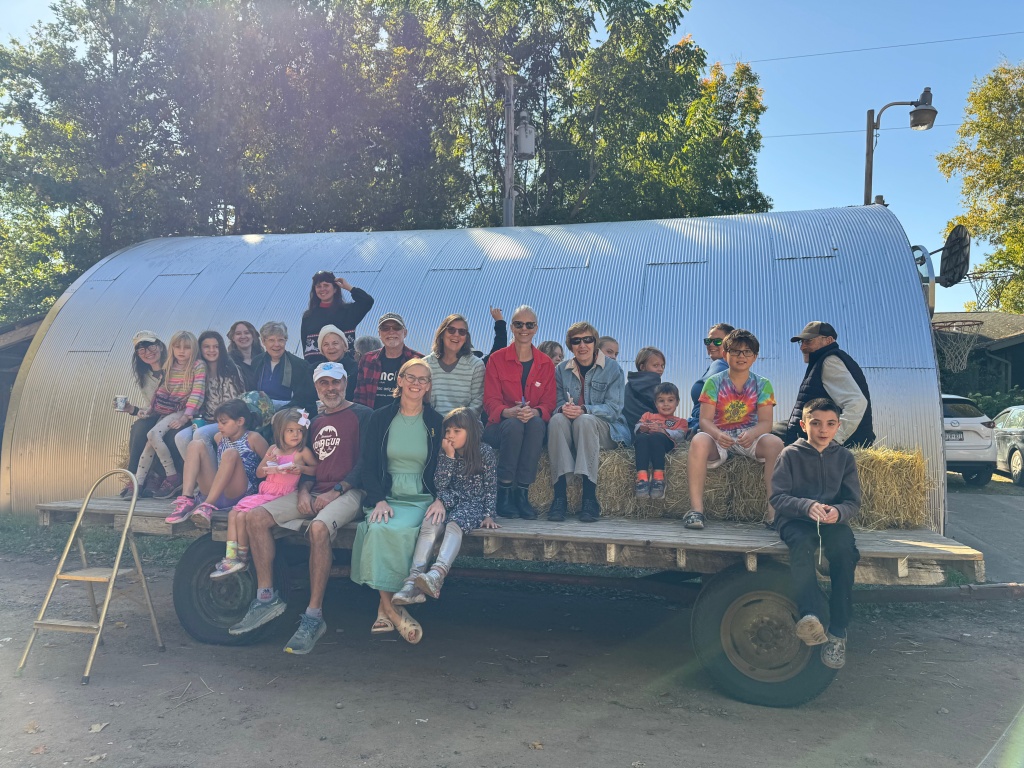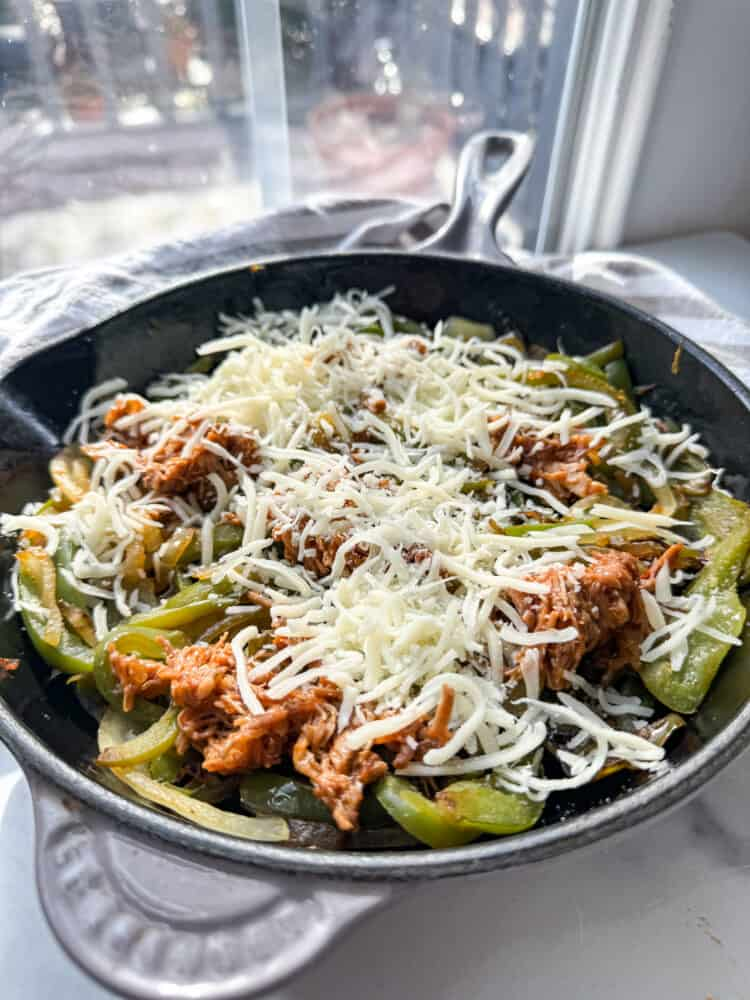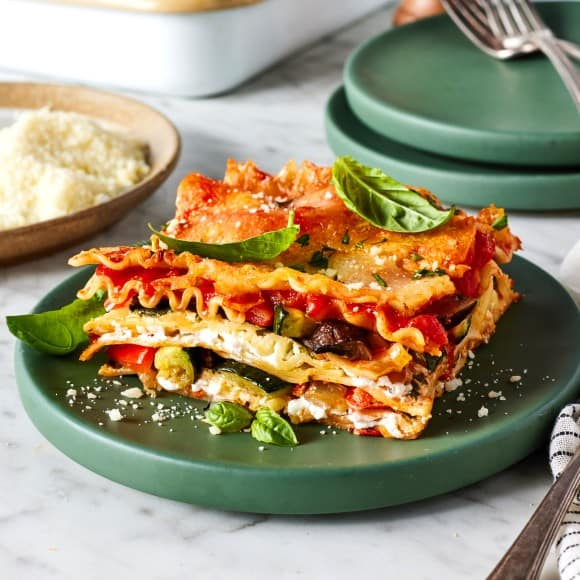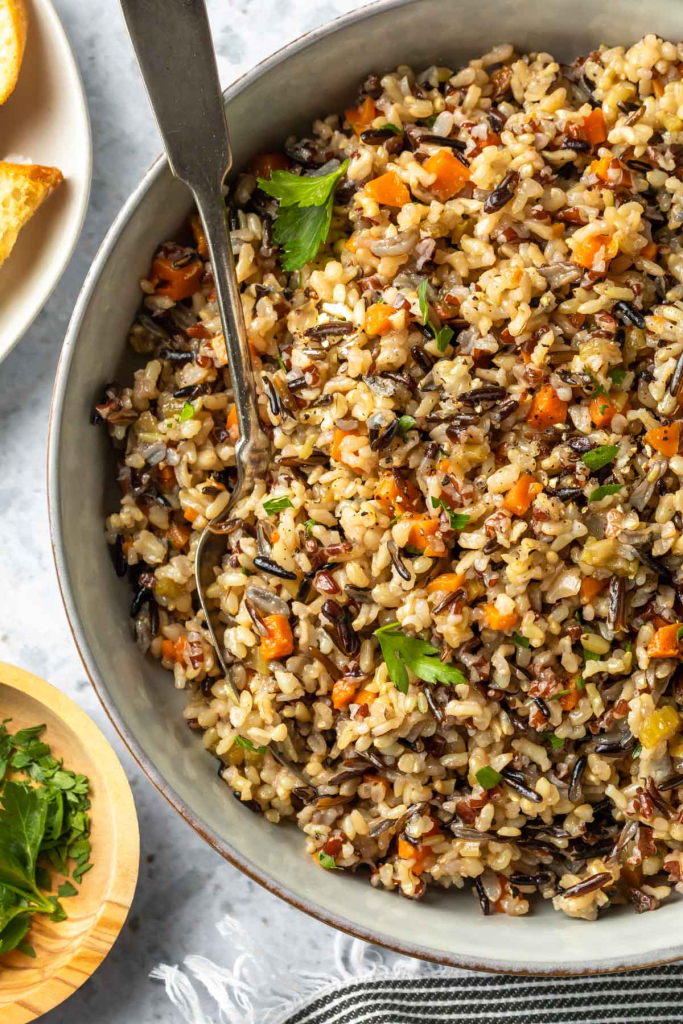Happy December! We have been busy over here on the farm (pretty sure I say that every newsletter, but it’s always true). Our small but mighty crew made it through packing and delivering vegetables to our many wholesale partners for Thanksgiving. That was a busy few weeks.
As soon as that wrapped up, they jumped into packing boxes of veggies for local farmer’s market hubs, and community food box distributions. We love expanding outside of our usual wholesale locations, to put delicious veggies on other people’s plates.
The end of the year is filled with lots of veggie packing to keep shelves stocked during all of the food centered holidays. It’s also a time filled with meetings, endless to-do lists, and trying to get all of our ducks back in a row. October and November get so busy with harvesting, that there isn’t time for anything else. We always say, “that’s a job for December”. However, that means we have A LOT to get done this month. We needed to take inventory of all the vegetables we harvested to know what needs to be saved for CSA members, and what can be sold to wholesale partners. We never want to run out of veggies before our final box in April, but we also hate telling a grocery store they can have something and not being able to deliver because it needs to be saved for the CSA. Inventory lists help us to keep everything organized…as long as we keep track of the list.
Seed companies start sending out their catalogs and offering discounts this time of year. This means we’re having conversations about what vegetables/varieties worked, what didn’t, and what we want to test out for the coming year. If we like a variety and want to keep growing it, we have to know how much seed we have left from the current year, so we know how much to buy for next year. This means multiple hours spent weighing and taking inventory of all of our seed. For those of you who don’t know, it’s a lot of seeds.
In between all of that, we’re completing end of the year accounting tasks, planning for next summer’s CSA, continuing to box up and deliver veggies twice a week, and attempting to catch up on sleep. People think the winter time is a slow for farmers. There’s never a slow time, just busy in different ways.
In this month’s box:
Chioggia Beets – Sunshine and Delicata Squash – Green Cabbage – French Fingerling Potatoes – Russet Potatoes – Onions – Orange and Purple Carrots – Garlic

When winter arrives and peak citrus season hits, I make this salad almost weekly. It’s simple with very few ingredients, but it has so much flavor. The recipe calls for red beets, but the chioggia beets are perfect in this and very festive for winter time. This salad is also customizable. Try adding goat cheese, roasted pecans, or some salmon to add even more flavor.

These Fingerling potatoes are delicious any way you prepare them. They’re light, creamy, and oh so delicious. Most people keep it simple and roast them, or toss them with a mustard vinaigrette. If you’re looking for something a little different, check out this recipe for stuffed Fingerlings. It would make the perfect appetizer for your holiday, or a fun weekend breakfast.

I usually roast up my squash and add it to vegetable curry. Recently I wanted something new and stumbled upon this squash dumpling recipe. I may never go back to eating squash any other way. The recipe calls for butternut squash, but both squashes in your box this month will be perfect for this recipe. They both have a sweet and nutty flavor that will help to cut the heat from the chili crisp, and bring out more of the umami flavor from the soy sauce.
For the farm crew,
Jennifer

